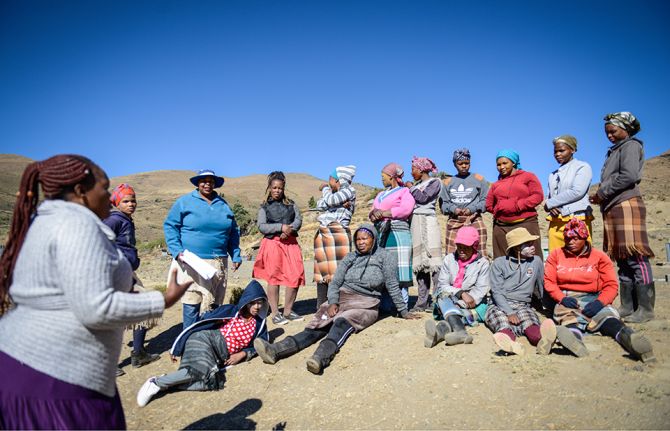


Update
The collapse of global AIDS funding
21 July 2016
21 July 2016 21 July 2016In order to reach the Fast-Track Targets there is an immediate need to increase and front-load resources for the AIDS response. If the world can't find these investments, AIDS will not be ended as a public health threat by 2030.
That was the conclusion of an event entitled “The collapse of global AIDS funding,” which took place on 19 July at the 21st International AIDS Conference, being held in Durban, South Africa.
The participants stressed that financing the AIDS response needs to follow the principles of shared responsibility and global solidarity, yet the HIV donor countries’ disbursements decreased by 13% in 2015 compared to 2014 levels.
Thirteen out of 14 governments assessed decreased their contributions through bilateral and multilateral channels. This decrease can be partially explained by an appreciation of the United States dollar, but 12 out of the 14 governments decreased their contributions in their original currencies.
The Government of the United States of America is the biggest international funder of the AIDS response. It provided 66% of international resources in 2015; however, it was noted during the meeting that there is no expectation for increased investments in the future.
Fifty-seven per cent of the US$ 19 billion available for low- and middle-income countries comes from domestic sources. The participants noted that the insufficiency of resources available for HIV is acute because of inefficient allocations, ineffective programmes and corruption.
The participants concluded that there is no single action, such as price reductions, taxation, efficiency gains or increased donor contributions, that can fill the gap individually—there needs to be a combination of measures.
Quotes
“The world military spending is US$ 1.75 trillion annually. A small part of it can finance the end of AIDS.”
“New HIV infections among adults are not going down. Prevention and treatment programmes need to continue to be scaled up. In order to make significant progress, the investments to reach the end of AIDS as a global public health threat by 2030 need to be increased and front-loaded during the next four years or we will drown with increasing costs.”
“Is there currently enough money to end AIDS? No. Are there any interventions to solve the problem? There are no individual solutions available, but there’s a need for a combination of measures, including decreasing the costs and increasing the revenues.”
“Flat funding is a reality. Efficiency gains only buy time before we bump against the wall. It is time to change the business case.”



